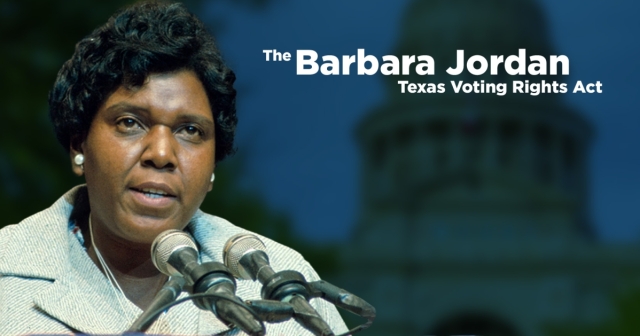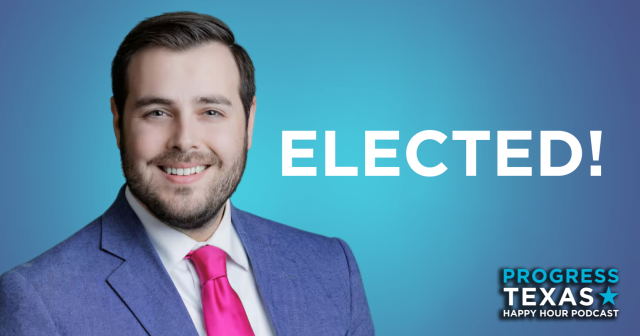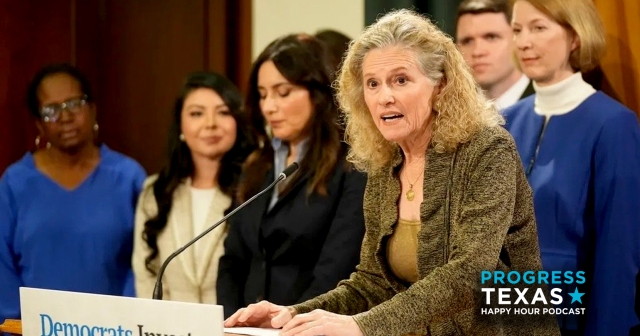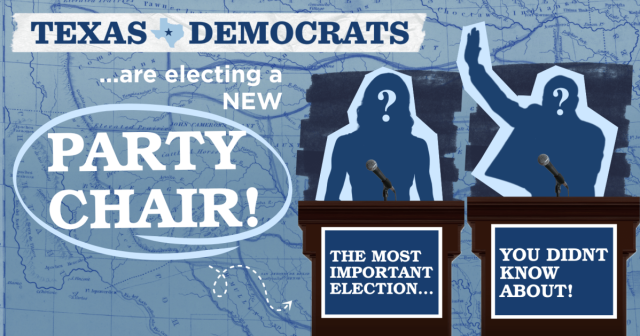ACA Exchange to Repair Texas Insurance Markets
Ed. note: Now that Rick Perry is surrendering state control of Health Insurance Exchanges to the federal government, it’s important for Texans to know more about how these exchanges will work. The policy briefing below explains how the resulting boost in standards and an increase in competition will help residents identify and purchase quality coverage.
Following Governor Perry’s conscientious objection to a state-based Health Insurance Exchange, the Federal Government will act in his stead to establish a state-wide Exchange for low-income Texans. Although federal intervention limits Texans’ influence over the structure and standards for the new Exchange, eligible consumers should look forward to its implementation in January of 2014. They should expect lower premiums and higher quality coverage as a result of administrative economies of scale and competition between insurers.
An Exchange serves as a central Internet marketplace for small-group and individual health insurance. Although the ACA does not require anyone to purchase health insurance through the Exchange, the IRS offers refundable premium tax credits for participants with incomes between 133% and 400% of the Federal Poverty Level ($14,856 – $44,680 for an individual and $30,657 – $92,200 for a family of four). Insurance companies that wish to operate within the Exchange must meet two sets of standards set by the ACA. First, they must offer at least one plan that will cover 70% (and another that will cover 80%) of the costs of approved benefits for the average purchaser. No plan may cover less than 60% of such costs. Second, insurers must ensure that all plans provide coverage in ten statutory categories, including prescription drugs, maternity care, and preventative services.
The benefits of the Exchange extend far beyond the minimum standards for qualified health plans, many of which apply to the external marketplace. Participants can base their purchasing decisions on standardized cost and quality ratings for policies presented in a common format. To determine which policy best suits their individual needs, they may use an electronic calculator to determine the cost of coverage after tax credits and cost-sharing reductions. Users unfamiliar with the insurance market can compare policies to a state-wide benchmark, derived from a popular small group plan or government employee plan. Because the Exchange excludes policies with lower value than the benchmark, users can browse policies with different benefit sets or quantitative limits without fear of being tricked into a poor deal.
By empowering consumers, side-by-side plan comparison forces insurance companies to compete—a remedy for the high overhead facing Texans who purchase individual or small-group plans. Although dozens of companies offer health insurance to Texans, the combined market share of the top five providers is nearly 60%. Those providers can afford large advertising budgets, which allow them to falsely differentiate their products and charge higher prices than their rivals. Common ratings and presentation would decrease the effectiveness of this practice and give small firms and new entrants a chance.
In the absence of a statewide marketplace, competition also suffers when certain providers attain dominance in certain cities or regions. Market leaders that enjoy low costs due to economies of scale may charge the same premiums as their smaller rivals and funnel the difference into profits. In addition, they can intimidate noncompliant rivals by threatening to cut their own premiums and temporarily lower industry profits. The Exchange makes expansion and entry more economical because the Federal Government takes on some customer service and administrative functions previously left to insurance companies. Even if companies will have to finance the Exchange after grant money runs out, the costs of expansion through standardized channels will likely fall below the costs of an independent expansion. Fewer, if any, Texans will be forced to turn to a single affordable provider for their health insurance.
As the Federal Government works to put these changes into place, it will give due respect to Texans’ particular needs. In a May report, the Department of Health and Human Services (HHS) pledged to “seek to harmonize [Federally-Facilitated Exchange] policies with existing State programs and laws.” The U.S. HHS recognizes the expertise amassed by State insurance departments, so it will attempt to “preserve the traditional responsibilities” of the Texas Department of Insurance whenever possible. Finally, it will hold forums and workshops to solicit input from stakeholders. The Exchange cannot succeed unless small businesses and individuals elect to participate in it, so the HHS has a strong incentive to hold to its promises.
Of course, the Exchange would serve Texans best under Texan leadership. Experts familiar with local markets and culture are best placed to decide which essential benefits Texans require and how insurance companies ought to compete for their business. Nevertheless, the Exchange remains on track to improve state insurance markets despite Perry’s best efforts to derail it.
DONATE
Your donation supports our media and helps us keep it free of ads and paywalls.








